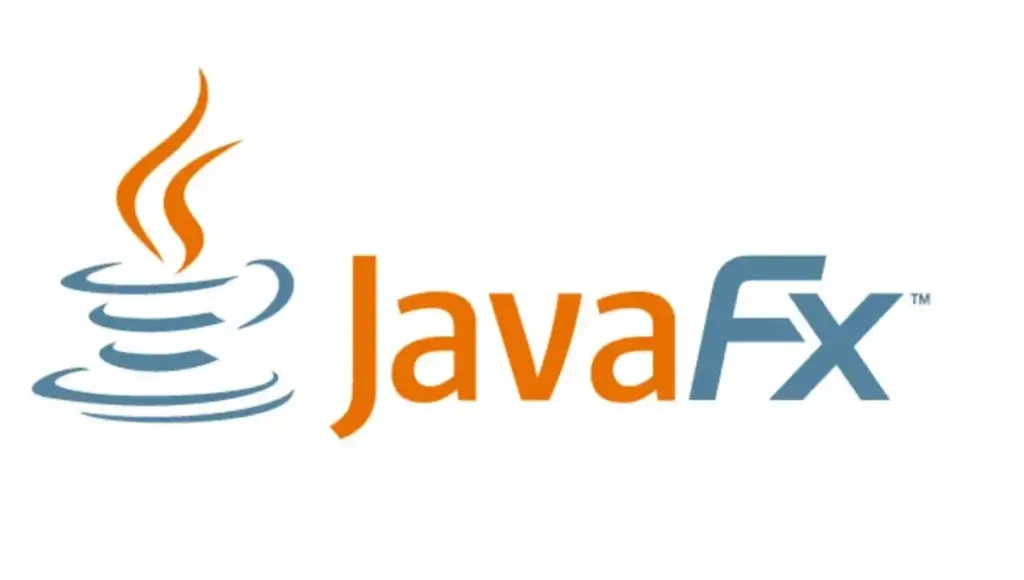Adobe Flash Player has been a popular multimedia player for years, but with its demise on the horizon, many users have had to look elsewhere to continue enjoying their favorite media.
Having said that, there are a number of solutions available that can provide an alternative. Here are twelve options you can explore if you’re looking for an Adobe Flash Player replacement.
Here is the List of Alternatives to Adobe Flash Player
HTML5
HTML5 is the latest version of the Hypertext Markup Language (HTML), and it offers improved compatibility with modern browsers.
This makes it easier to deliver high-quality audio and video content without needing to use a plugin or separate application, such as Adobe Flash Player.
It also provides powerful features like geolocation and local storage, which are not available in earlier versions of HTML.
WebGL
WebGL is a JavaScript API that enables 3D graphics within web browsers without the need for any plugins.

With WebGL, interactive 2D and 3D graphics can be created using the same technology used in PC games, providing smooth animations and better graphics than what’s possible with HTML5 or other scripting languages alone.
Silverlight
Microsoft’s Silverlight was designed as an alternative and has become widely adopted by developers who want to create rich Internet applications with animation effects and streaming media capabilities.
One benefit of Silverlight is that it works across multiple platforms, including Windows PCs, iPads, iPhones, and Xbox consoles.
You may also use it as a Macintosh Adobe Flash Player alternative and try the tool on a smart TV if you have since it is compatible with those devices as well.
JavaFX
JavaFX is another option for creating Internet apps through Java code rather than a plugin-based approach one finds in Adobe Flash Player.

It supports development on all major operating systems, including Windows, Linux and Mac OS X, and allows you to easily create user interfaces with advanced graphics capabilities such as vector art rendering and animation effects.
Adobe AIR
The Adobe AIR platform enables developers to create desktop-style applications that run within any modern web browser using HTML, JavaScript or ActionScript (the language used by Adobe Flash).
Unlike Flash Player, however, AIR does not require a plugin for deployment; instead, it uses a cross-platform runtime environment that works similarly to how traditional desktop applications work on Windows or Mac computers.
OpenFL
OpenFL is an open-source framework designed for creating cross-platform multimedia applications using either Haxe or Actionscript 3 code instead of native languages like C++ or Java (which requires more time and effort).
OpenFL makes creating games quickly much simpler compared to writing from scratch in native code; it also supports hardware acceleration on most devices such as desktops, PCs, and mobile phones alike, making it ideal for game developers who want their creations to run smoothly.
Processing+JS
Processing+JS is another open-source toolkit developed specifically for creating interactive visualizations in web browsers and not requiring additional plugins aside from the ones already installed within your chosen browser (such as Chrome).
It’s written entirely in JavaScript, so you don’t need any extra software installed on your computer; simply write your code in Processing language, then compile it into JavaScript, which runs directly in your browser window.
Flash/SWF Runtimes
If you wish to avoid newer technologies but still need support for existing SWF files from before 2010 then there are several runtimes available such as Apache Royale or Flex SDK which allow developers to continue using ActionScript 3 along with the original libraries used by Adobe Flash Player itself.
Unity3D WebGL Exporter
Unity3D is one of today’s most popular game engines but was supported only natively on desktop computers until recently when they released their new WebGL exporter feature.
The change enables developers to quickly port their Unity games over into web browsers and not need additional plugins or coding knowledge.
ThreeJS
ThreeJS was created specifically for displaying 3D content within modern web browsers without relying on any plugins whatsoever at all;
Rather, it uses JavaScript code along with DOM elements combined together using some clever tricks under its hood to make this possible.
BabylonJS
BabylonJS is similar to ThreeJS however focuses more heavily on gaming applications where fast performance complexity are important factors, whereas ThreeJS concentrates more so on complex visualization tasks such as scientific simulations or architectural projects where accuracy matters more than raw speed.
PlayCanvas
PlayCanvas provides yet another solution made specifically for those wanting to create powerful online games without needing access to low-level coding like C++ while still being able to leverage hardware acceleration enabled by modern GPUs found inside most computers today.
Closing Thoughts
As you can see, there’s a variety of options available when looking for replacements for Adobe Flash Player depending upon what type of application you wish to build as well as whether you prefer to write code yourself or create something visually instead.
Whichever route you decide to go down, we hope this list has been helpful in sorting out next steps.





All Comments
The next time I read a blog, I hope that it does not disappoint me as much as this particular one. After all, Yes, it was my choice to read, nonetheless I truly thought you would probably have something helpful to talk about. All I hear is a bunch of whining about something that you could fix if you werent too busy looking for attention.